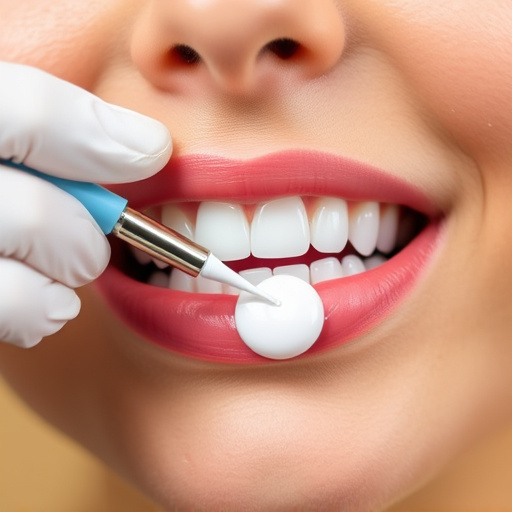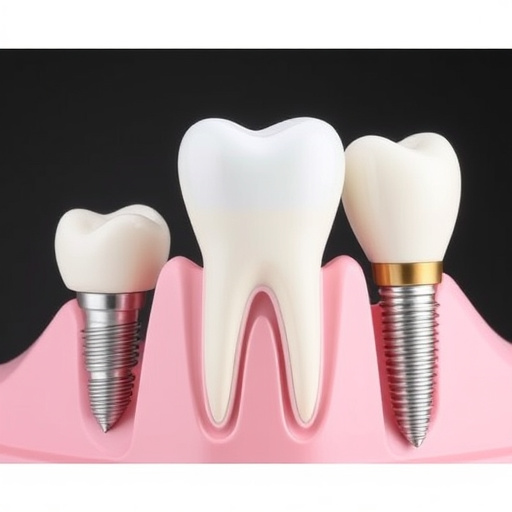Dental implants offer a permanent solution for missing teeth through osseointegration, a process where titanium posts fuse with jawbone. Compared to traditional dentures or bridges, implants provide comfort, durability, and aesthetic appeal without relying on neighboring teeth. The multi-step procedure starts with a consultation, surgery to place the implant, attachment of an abutment, and finally, a custom-made dental crown. Proper post-procedure care includes meticulous oral hygiene, soft diet, and regular check-ups to ensure successful healing and optimal results.
Dental implants have revolutionized oral health, offering a permanent solution for missing teeth. This article provides a comprehensive guide to understanding and navigating the dental implants procedure step by step. From initial consultations to post-recovery care, we’ll break down each phase to ensure clarity. Whether you’re considering implants or curious about the process, this detailed overview will equip you with the knowledge to make informed decisions regarding your oral health and aesthetic restoration.
- Understanding Dental Implants: A Basic Overview
- The Step-by-Step Process of Getting Dental Implants
- Post-Procedure Care and Recovery Expectations
Understanding Dental Implants: A Basic Overview
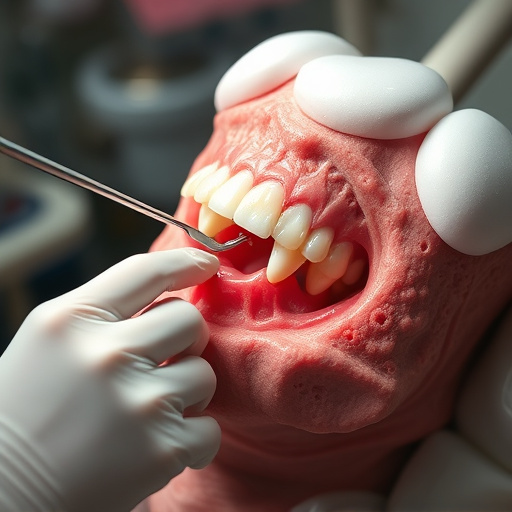
Dental implants are a popular and advanced solution for missing teeth, offering a permanent and natural-looking replacement. This innovative procedure involves integrating a small titanium post into the jawbone to serve as an artificial tooth root. The process aims to provide a strong foundation for a dental crown, bridge, or denture, restoring both functionality and aesthetics.
Understanding dental implants begins with comprehending the importance of bone integration. After a tooth is lost, the surrounding bone tends to shrink over time, which can lead to structural changes in the jaw. Implants mitigate this issue by stimulating bone growth through osseointegration, ensuring stability and long-term success. Unlike traditional dentures or bridges, implants do not rely on neighboring teeth for support, making them a suitable option for patients seeking a more comfortable, durable, and aesthetically pleasing tooth replacement alternative, even in emergency dental care situations. They also facilitate easier dental cleanings and maintain the overall health of the mouth by preventing bone loss and preserving facial structure, potentially improving one’s smile and self-confidence.
The Step-by-Step Process of Getting Dental Implants
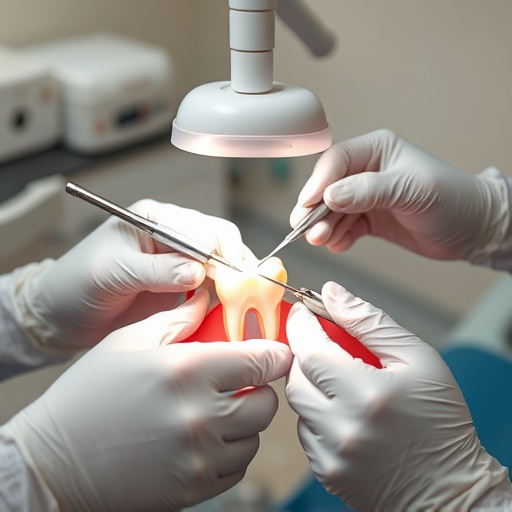
The process of getting dental implants involves several steps designed to restore your smile and oral health effectively. It begins with a comprehensive consultation where your dentist evaluates your mouth, jawbone density, and overall oral health. This step is crucial in determining if you’re a suitable candidate for implants. If approved, the initial surgery involves creating a small incision in the gum tissue to place the titanium implant post into the jawbone, acting as a synthetic tooth root.
Following this, a healing period of several months is required for the implant to integrate with the bone, ensuring stability. Once healed, an abutment is attached, which serves as a connection point for the final dental crown. The dentist then fits and secures the custom-made crown, matching your natural teeth, resulting in a life-like replacement that blends seamlessly with your smile. This process offers a permanent solution for missing teeth, enhancing both functionality and aesthetics, often preferred over cosmetic fillings or clear aligners in many cases, especially when addressing multiple tooth losses.
Post-Procedure Care and Recovery Expectations
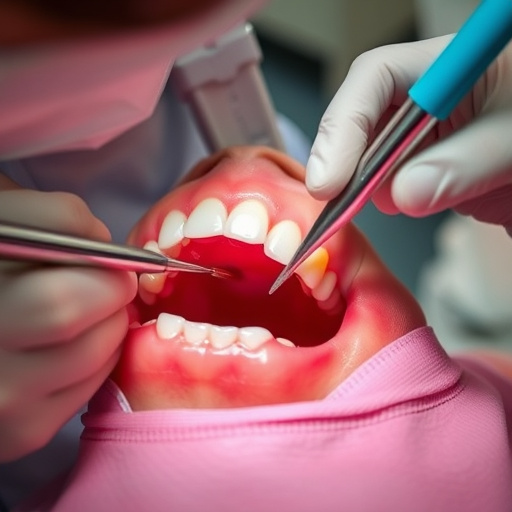
After the placement of dental implants, proper post-procedure care is essential for a successful healing process and optimal results. Patients should be instructed to maintain good oral hygiene by gently brushing around the implant sites daily, using a soft-bristled toothbrush and gentle, circular motions. Additionally, flossing at least once a day is crucial to prevent plaque buildup in hard-to-reach areas.
During the recovery period, swelling and mild discomfort are normal, but patients should keep an eye on any signs of infection such as increased pain, fever, or discharge from the wound sites. It’s recommended to take prescribed medications as directed by the dentist, including pain relievers and antibiotics if needed. While healing, a soft diet is advised, avoiding hard, sticky, or very hot/cold foods that could dislodge the implants or irritate the gums. As part of comprehensive dental care, regular check-ups and follow-up appointments are vital to monitor the healing process and ensure proper integration of the implants into the jawbone over time, often taking several months. This step is also crucial for identifying any potential issues early on and adjusting the treatment plan accordingly, ensuring a patient’s journey towards improved restorative dentistry is smooth and successful.
Dental implants represent a modern solution for missing teeth, offering both aesthetic and functional benefits. By understanding the step-by-step process outlined in this article—from initial consultation to post-procedure care—patients can make informed decisions about their oral health. The journey begins with evaluating your dental needs, continues through surgical placement of the implant, and concludes with a recovery period that leads to lasting results. Embracing this procedure can revitalize your smile, restore confidence, and improve overall oral health.


